Homeless Veterans
I’ll be honest: over the course of my life, when I came across a homeless veteran, I felt bad for them, but I also felt that it was their choice to go to war in the first place and that it was also their choice to be on the streets panhandling.My attitude changed completely when I began working on the film “When I Came Home.”
Towards the end of 2005, my mother was in the last year of her battle with metastatic breast cancer, which had taken over her liver and bones, and this was a very emotional time for me. I frequently traveled back to New Orleans where she lived to help her as she went through the side effects of chemotherapy and radiation. In June, her doctor of the last 6 years finally told her that there was nothing he could do for her, that she should just live out her life the best she could. Devastated, my mother and became open to trying alternatives such as hyperthermia. After taking her to Germany for treatment in July (which did help her by the way, and I chronicled it in a journal) I was asked by my friend Dan Lohaus (who worked on the Camera Van and who subsequently made his own TV Truck) to help him shoot a film on homeless Iraq war vets. To my surprise my mother told me to do it, that not only was it an important endeavor, but she felt it would be a good departure from my usual life work of making and documenting Art Cars. In retrospect, I realize that I took that project at that time because it felt more dangerous, more traumatic and somehow bigger than my own pain over my mom’s impending death.
So I flew to NY in January of 2006, and we filmed Herold Noel, an Iraq war vet who Dan had found living in his car and about to kill himself. I quickly learned that Herold had experienced awful things in Iraq and that he suffered from PTSD (Post Traumatic Stress Disorder) to the point that he was having a very difficult time coming back and fitting into society again. From Herold’s accounts and those of over 30 other homeless vets we filmed, it became apparent that there was a huge problem in their transition; from the environment of war to 48 hours later being back home where few others share the same experience. Worse, when the majority of the vets we talked with had signed up for the chance at a better life, not only did they end up sacrificing themselves for the interests of their country, then came home to a place that was just as bad as when they left, they also had to deal with the consequences of what they had seen and done while at war. As a result they often retreat away from friends and family who don’t understand them and isolate themselves by living alone, in many cases ending up on the streets.
While I was shooting video I also would take stills on the side. Some of the images are of the vets, others are of the crew during the making of the film, many are of experts in the field of returning vets. I followed up the opening of the film with these stills at the Tribeca Film Festival where the film won Best Feature Documentary in the NY Loves Film Competition. In addition there are images from an Operation Truth benefit, now called IAVA (Iraq and Afganistan Veterans of America) headed by Paul Rieckhoff, which featured appearances by several celebrities.
Currently, the film is in release and will hopefully shed light on an issue that many don’t know much about. Herold Noel is continuing the fight not only for his own rights as a returning vet, but for those of all returning vets.




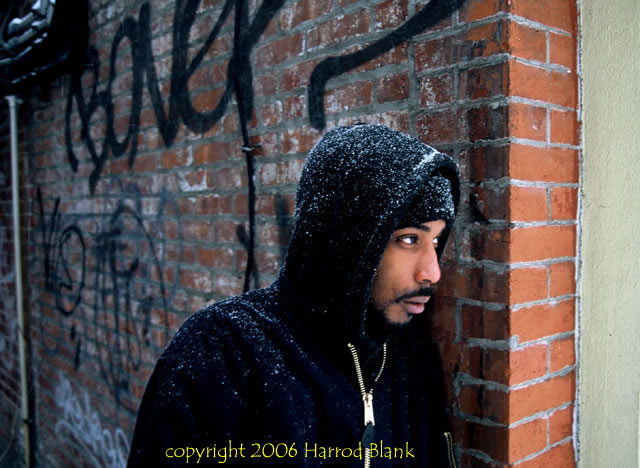
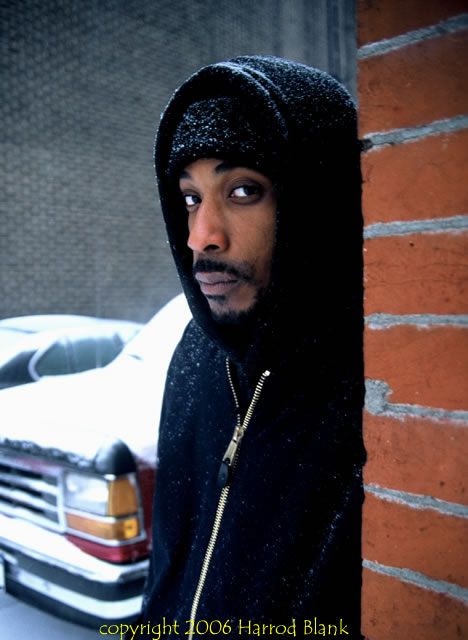

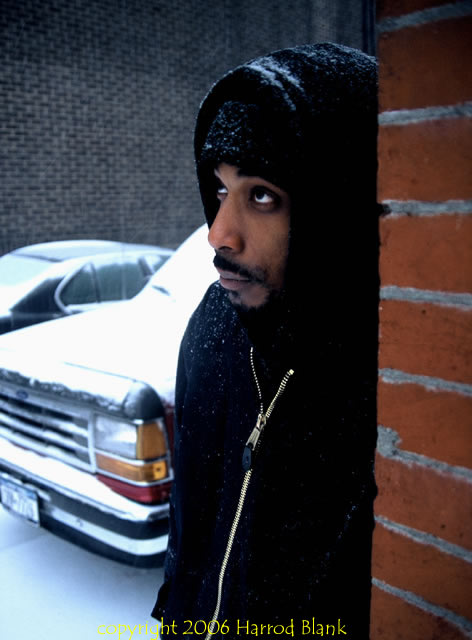
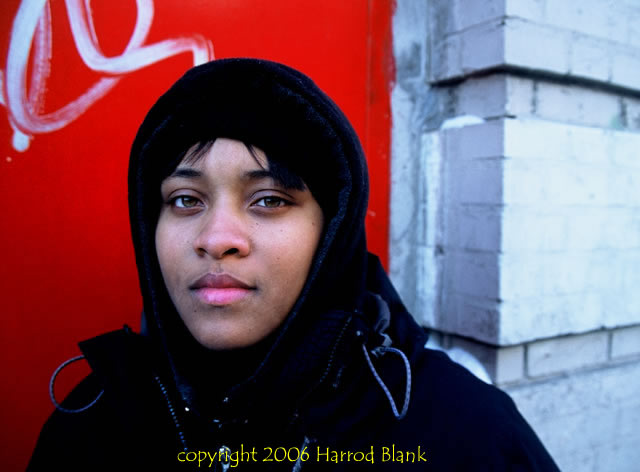
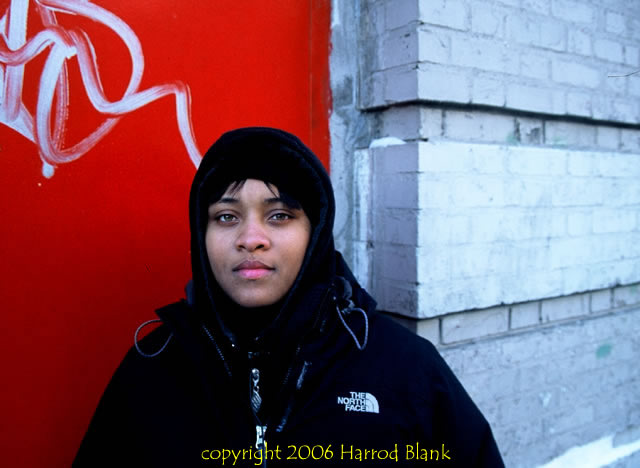


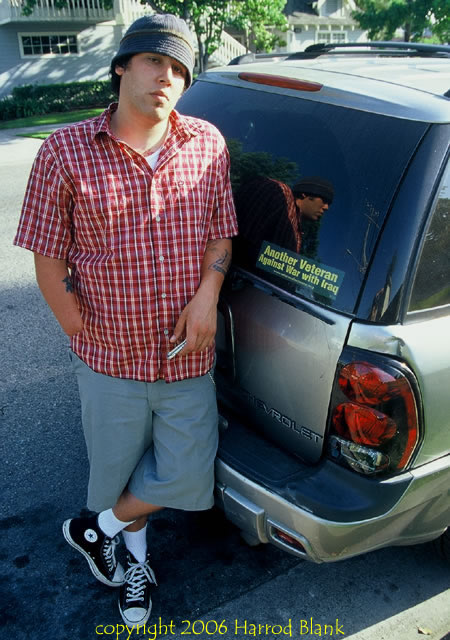
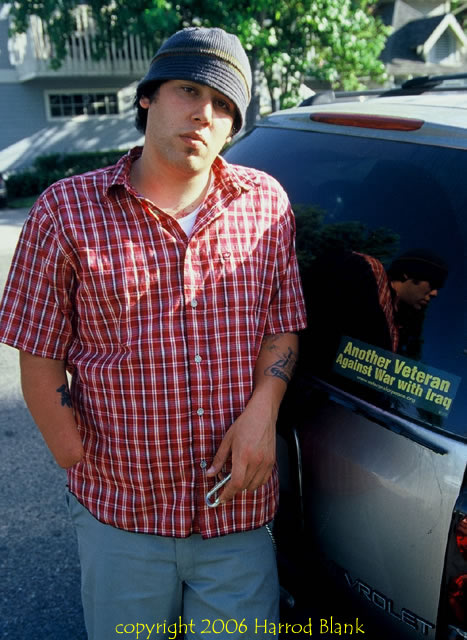
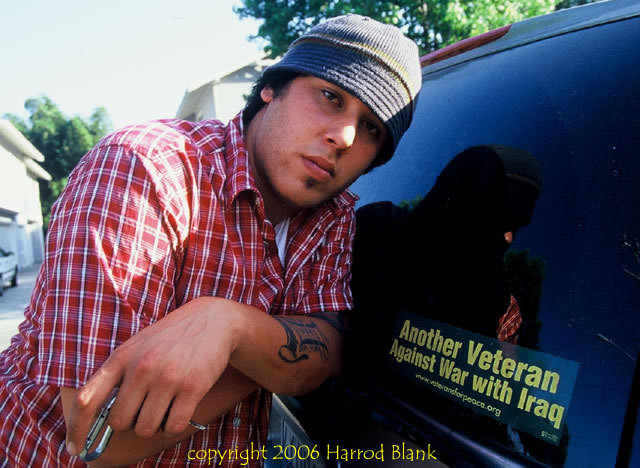
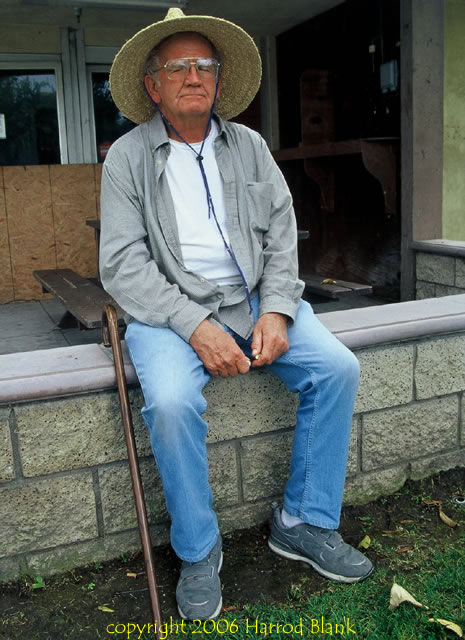

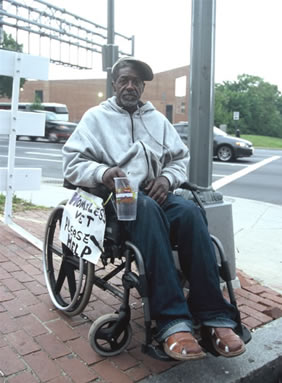


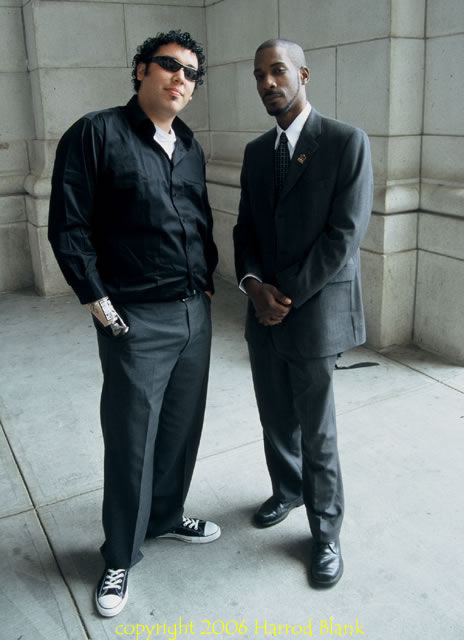
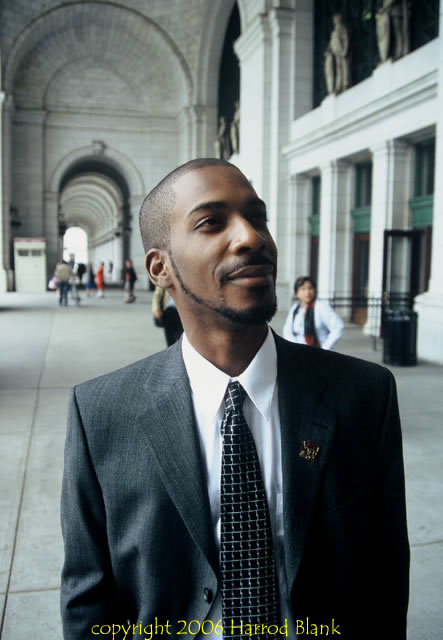
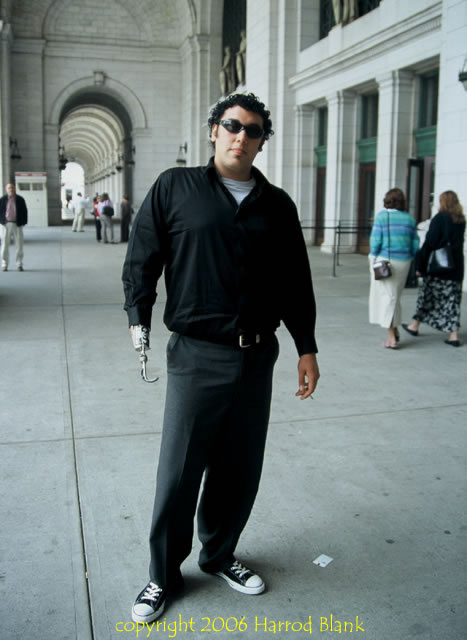
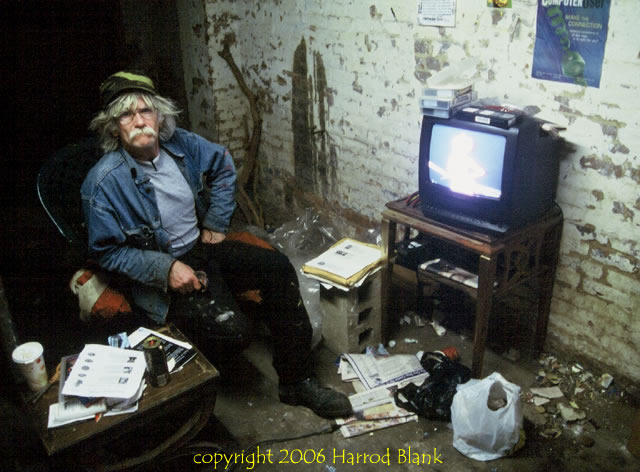

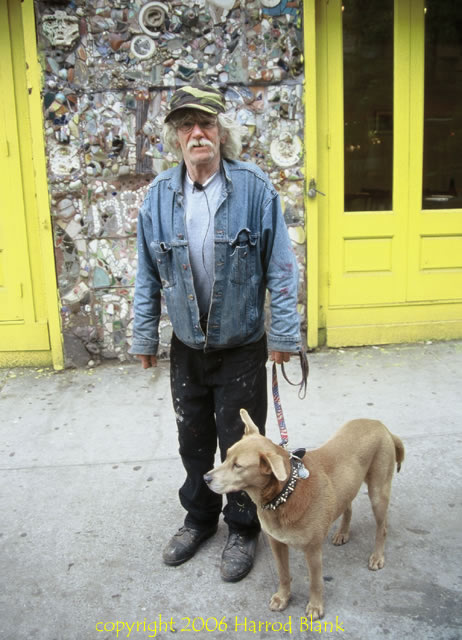
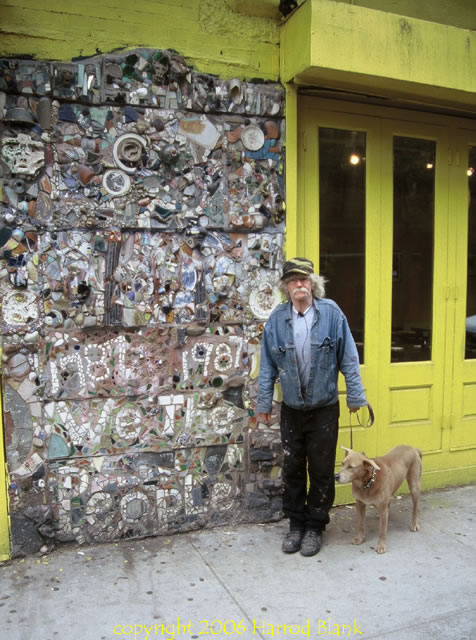
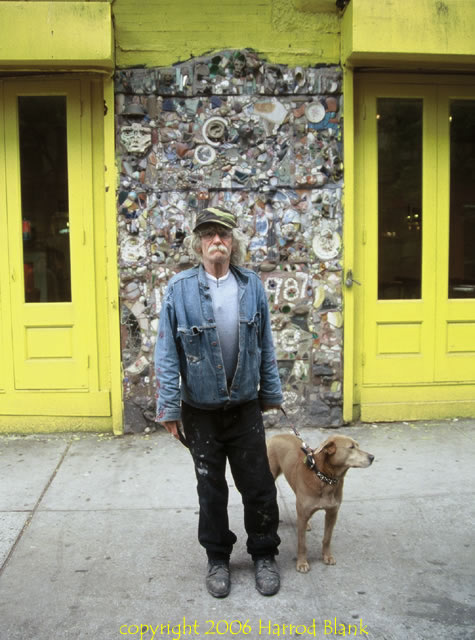



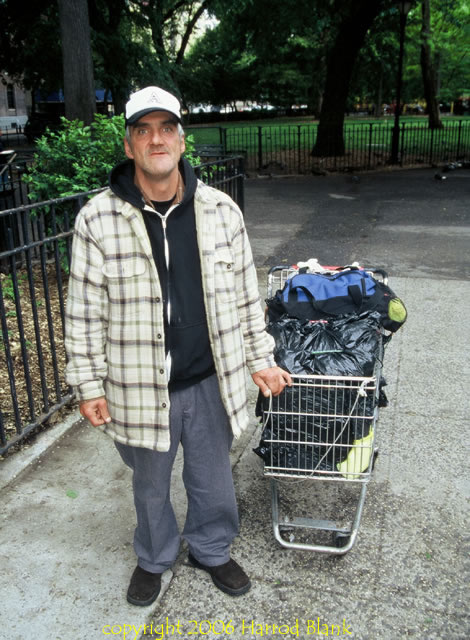
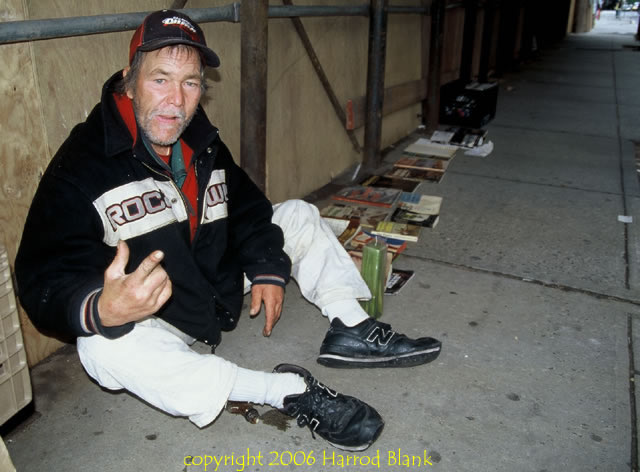
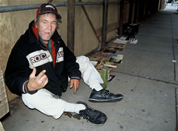
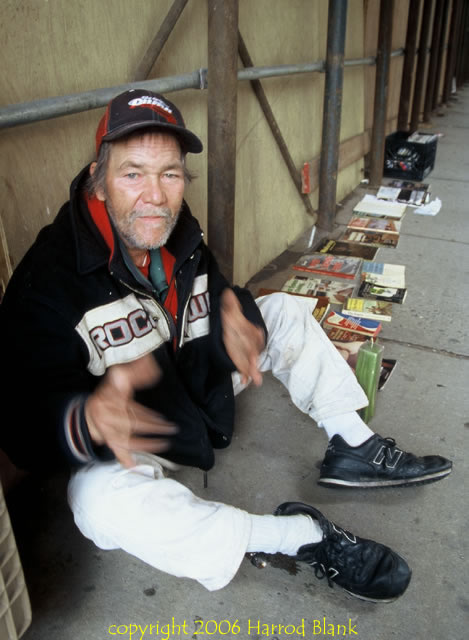

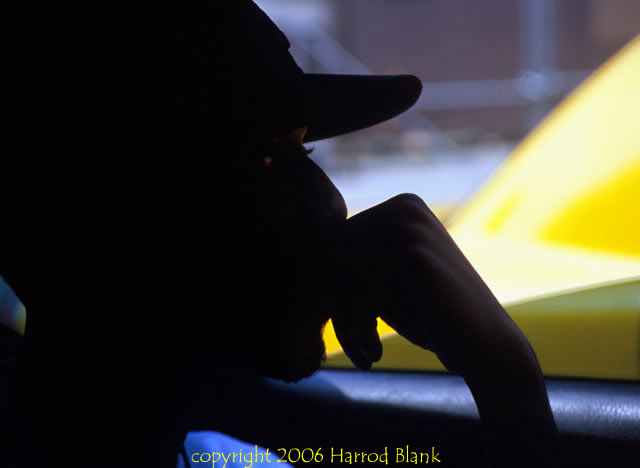


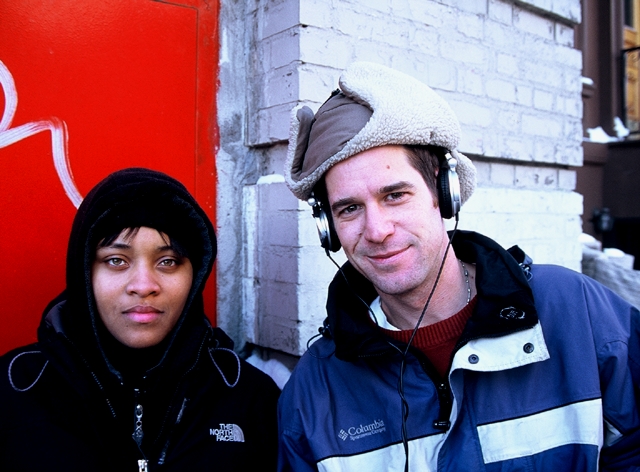
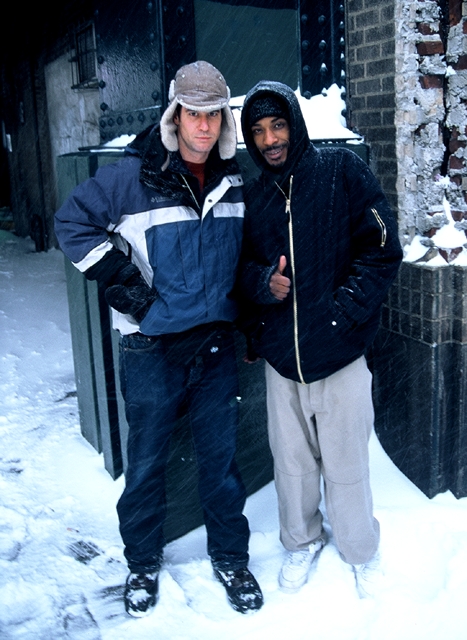

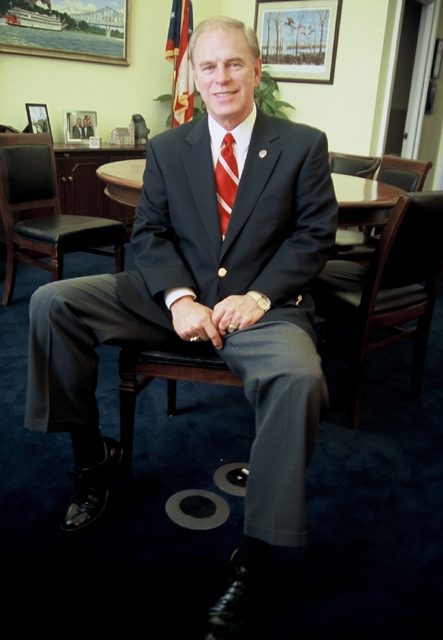


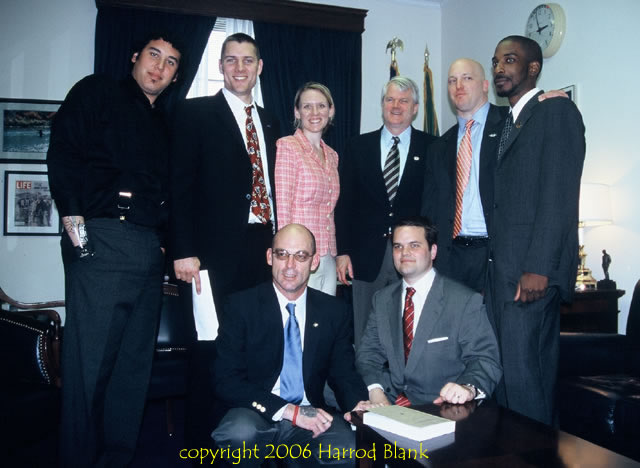

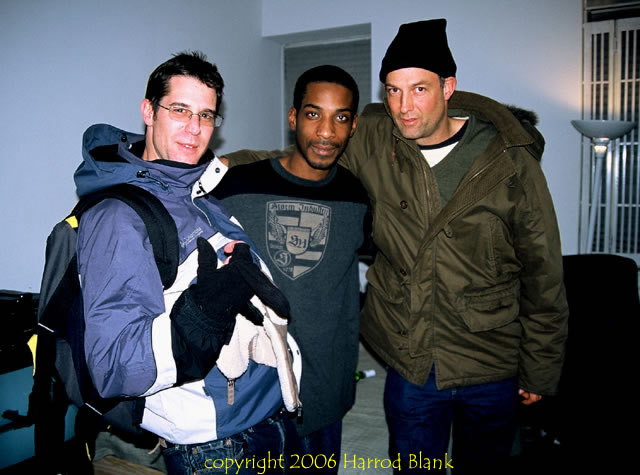




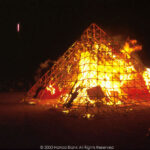

Keep In Touch